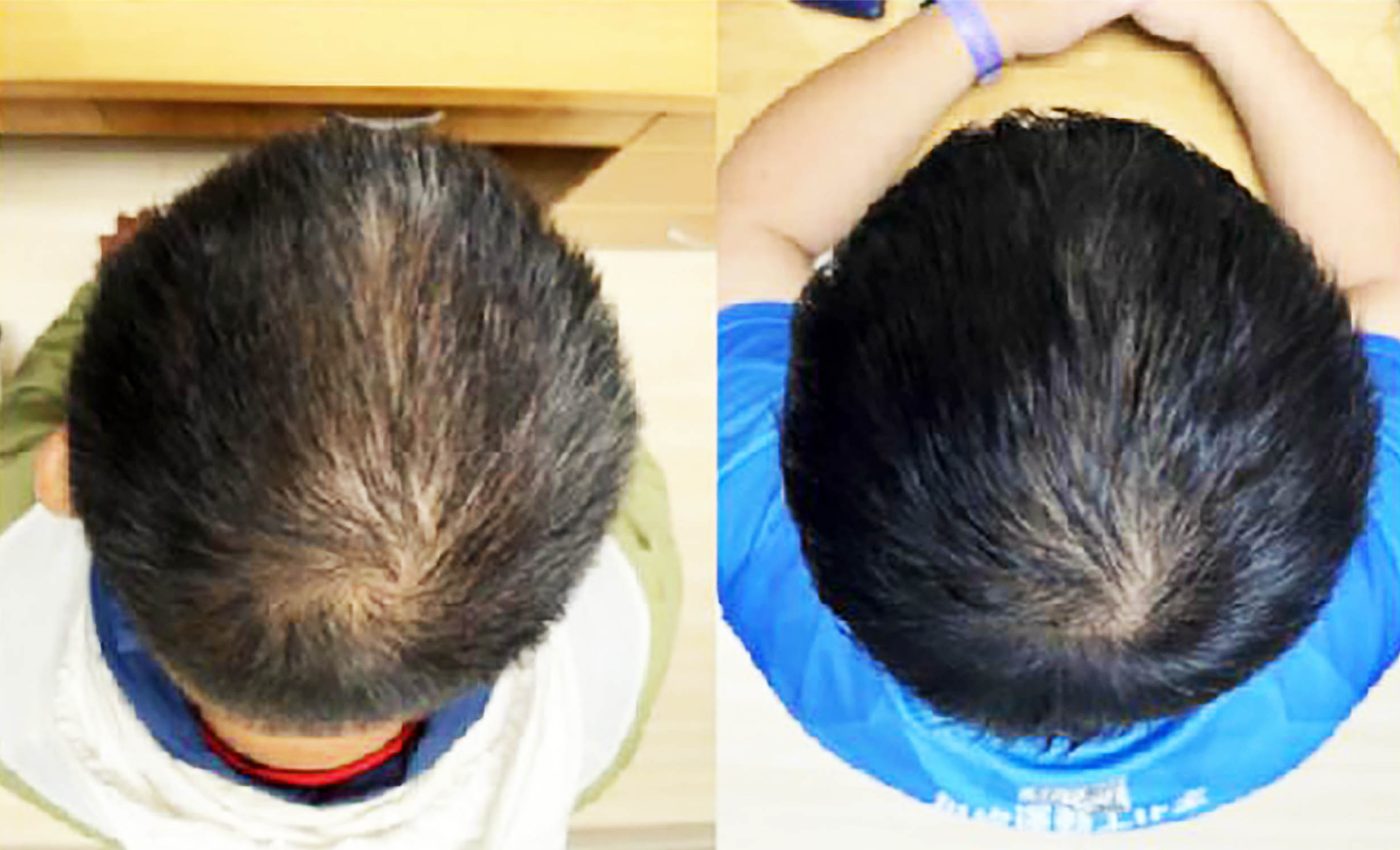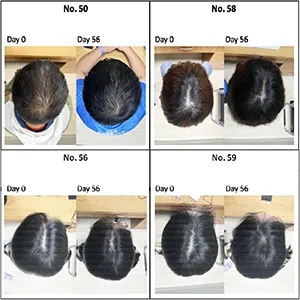
Scientists finally create a hair growth formula that actually works
A team of scientists has created a daily scalp hair growth serum, using a tropical plant-based extract, that has proven to regrow hair and improve hair thickness in just 56 days.
The test enrolled 60 adults in a randomized, double-blind trial run by researchers in Taipei. Each person used one milliliter nightly across the scalp for eight weeks, and changes were tracked with standardized imaging.
Initial results showed a 25 percent increase in hair thickness, compared to the placebo group, in less than two months
Fast signal for hair growth
Male-pattern hair loss is common, and some current treatments do help, but results vary and take months. This short, controlled test that moves the needle faster is drawing global attention for obvious reasons.
Lead researcher Dr. Tsong Min Chang of Schweitzer Biotech Company (SBC) led the clinical work in Taiwan. The team set out to see if a multi-part serum could nudge more follicles into active growth within a few weeks.
Many people try over-the-counter serums with mixed ingredients and vague claims. A tightly designed, blinded study offers cleaner signals than marketing before and after photos.
Hair growth serum ingredients
The proprietary serum uses mild caffeine and panthenol, a moisturizer many shampoos already carry. On top of that, the formula added extracellular vesicles – tiny packets released by cells that carry signals – derived from a plant species called Centella asiatica.
It also included fibroblast growth factor 7, a protein cue that supports hair-producing skin cells. The mix further added insulin-like growth factor 1, a protein signal that promotes follicle growth.
Those choices were not random. Growth factor biology links these signals to hair cycling, and careful delivery can matter for effectiveness.
How the test was done
Volunteers ages 18 to 60 were randomly assigned to five groups, including a placebo. Technicians measured density, thickness, length, and shedding at days 14, 28, 42, and 56 using standardized tools.
Four active arms stacked ingredients stepwise, from a simple base, to base plus growth factors, to base plus plant vesicles, to a full combination.
The design used placebo controls and blinding, a good way to reduce bias in a small study.
Hair growth changed by day 56
Across most measures, results improved as more components were combined, with the full formula on top. Hair density rose by almost 25 percent in the combination group compared with a smaller shift on placebo.
Strands also measured thicker in that group. The study authors suggest the plant material may support scalp health around follicles. These outcomes hint at synergy.
Stepwise gains across the arms suggest each component added something, with the trio together giving the largest effect on density at the study’s endpoint.

Short trial, big questions
The study involved healthy adults rather than people with clear pattern hair loss. It lasted only eight weeks, which is short relative to a full hair growth cycle and not long enough to judge durability.
Company employees and consultants worked on the project and reported the outcomes, which raises routine questions about bias.
Independent replication and longer follow up are essential before any claims move beyond a small controlled test.
There was no head-to-head comparison with proven therapies. A direct run against minoxidil and finasteride would show whether the new mix adds more than what is already available.
Context in hair growth research
Hair grows in cycles that include resting and growth phases. The growth phase, called anagen, the several month window when hair actively lengthens, is where many therapies try to act.
Signals that include IGF-1 and FGF-7 influence follicle behavior in lab systems and animal models. A scholarly overview outlines how these signals extend the growth window, with supporting growth factor details.
Centella asiatica also appears in cosmetic research. Topical preparations that deliver plant-derived vesicles have shown skin tolerance and signs of anti-inflammatory action in small human studies.
The ingredient list also included caffeine and panthenol, which are common in shampoos. Caffeine has been explored for scalp microcirculation, while panthenol primarily conditions the hair shaft rather than stimulating new growth.
Next phase of testing
Larger trials should enroll people with diagnosed pattern hair loss and report absolute changes in hairs per square inch.
They should track photographs, shedding counts, and patient-reported outcomes, and they should compare results with minoxidil and finasteride directly.
Safety deserves close tracking because growth cues are biologically active. Trials should monitor scalp irritation, unwanted shedding at the start of treatment, and any systemic effects even if risk is expected to be low.
Manufacturers will also need to show lot-to-lot consistency. If plant vesicle cargo drives benefit, batches must be standardized or variability will swamp the signal.
Where this leaves patients now
Evidence-based options still matter most in today’s world. Minoxidil and finasteride remain the proven standards from randomized trials and medical guidance, and they work best when started early in the process.
Set expectations accordingly. Even with clean eight-week data, hair biology moves on the scale of months, not days, and gains usually require steady use to maintain.
For now, the new data from the Centella asiatica serum are very intriguing, but more tests are needed. They show a measurable signal in a strict but short test and justify moving to larger studies with hard, patient-centered endpoints.
The study is published in medRxiv.
—–
Like what you read? Subscribe to our newsletter for engaging articles, exclusive content, and the latest updates.
Check us out on EarthSnap, a free app brought to you by Eric Ralls and Earth.com.
—–













